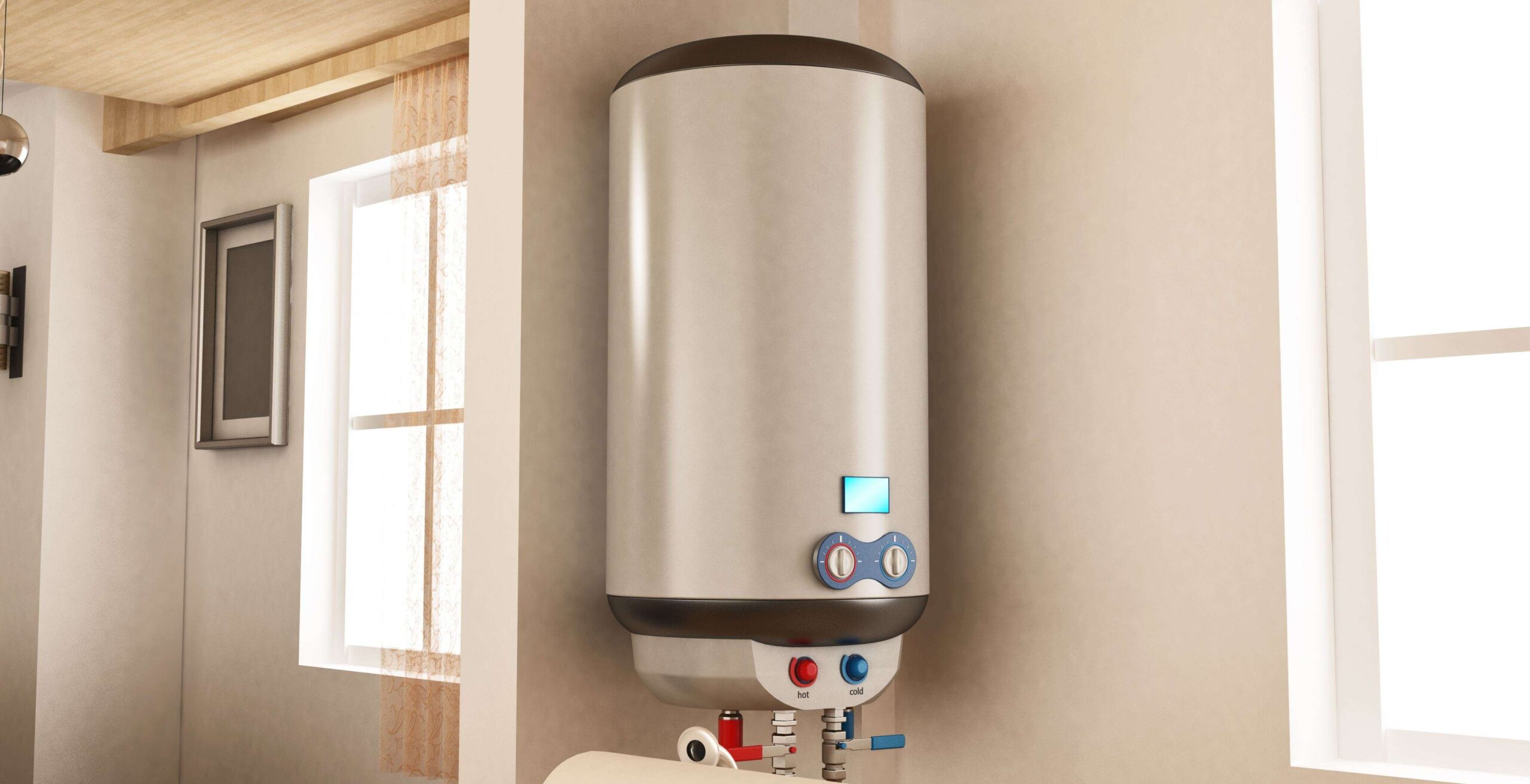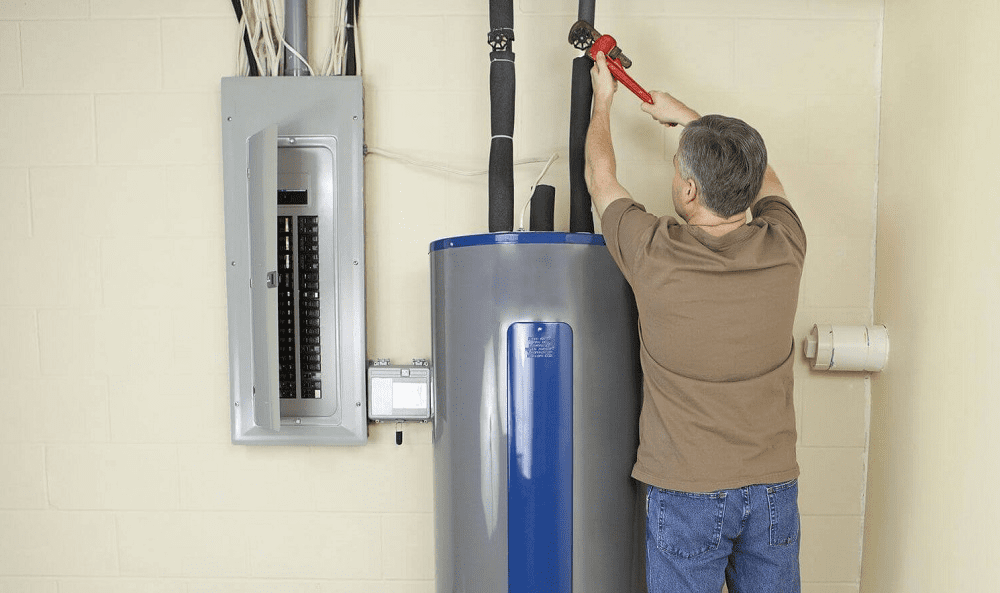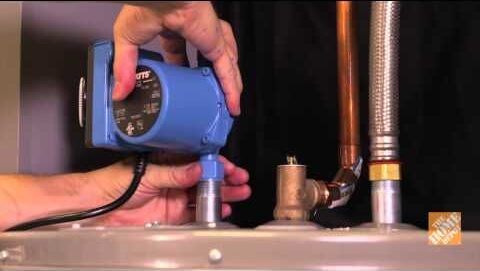When it comes to installing a water heater in Texas, adhering to the local and national codes is crucial for safety and compliance. Understanding the guidelines outlined in the Texas Water Heater Installation Code can help ensure that your installation meets all legal requirements. This post will provide a detailed overview of these guidelines, including references to key standards such as the Universal Plumbing Code 2015, gas water heater venting code, and other important regulations.
Understanding the Texas Water Heater Installation Code

Overview of Water Heater Installation Code in Texas
The Texas Water Heater Installation Code is designed to ensure that water heaters are installed safely and efficiently. It encompasses various aspects of installation, from placement and venting to the structural support of the water heater. Compliance with these regulations helps prevent accidents, such as gas leaks or structural failures, which could pose significant risks.
Key Regulations
Universal Plumbing Code 2015
The Universal Plumbing Code 2015 (UPC) provides a set of standards that guide water heater installations. These standards cover aspects such as the proper installation of piping, venting requirements, and safe operation practices. The 2015 UPC is widely recognized and used to ensure that installations meet high safety and efficiency standards.
Gas Water Heater Venting Code
Proper venting is critical for gas water heaters to ensure that harmful gases are safely expelled from the home. The Gas Water Heater Venting Code specifies the requirements for venting systems, including the materials used and the configuration of vents. Adhering to this code helps prevent dangerous situations such as carbon monoxide buildup.
Water Heater Stand Code
The Water Heater Stand Code stipulates the height and construction standards for water heater stands. A water heater stand must support the unit adequately and prevent potential damage from water spillage or other issues. This code ensures that water heaters are elevated enough to prevent contact with potential flooding and to accommodate proper drainage.
2015 UPC Online and Other References
The 2015 UPC can be accessed online through various platforms, providing a valuable resource for contractors and homeowners. It’s essential to consult these resources to stay updated on any amendments or updates to the code.
Compliance with Venting and Stand Regulations

Gas Hot Water Heater Stand
For gas hot water heaters, the installation of a stand is not just about support but also about safety. The stand must meet the specifications outlined in the code to ensure that the heater operates safely and effectively. This includes considerations for height, stability, and materials used.
UPC Vent Sizing
Proper vent sizing is a critical aspect of gas water heater installation. The UPC Vent Sizing guidelines help ensure that vents are sized correctly to handle the exhaust gases produced by the heater. Incorrect sizing can lead to inefficient operation and potential safety hazards.
Water Heater Platform Code
The Water Heater Platform Code provides guidelines for platforms that support water heaters, especially in areas prone to flooding. These platforms must be constructed to specific standards to ensure they can support the weight of the heater and withstand any environmental conditions.
How to Install a Recirculating Pump on a Water Heater

Installing a recirculating pump on a water heater can improve the efficiency of hot water delivery in your home. Here’s a basic overview of the installation process:
- Preparation: Turn off the power or gas supply to the water heater. Drain the water heater if necessary.
- Pump Installation: Attach the recirculating pump to the hot water line. Ensure that it is installed according to the manufacturer’s instructions and meets local code requirements.
- Connection: Connect the return line from the pump to the cold water inlet of the water heater. This allows the pump to return unused hot water to the heater, ensuring that hot water is always available at the tap.
- Testing: Once installed, test the system to ensure that it is working correctly and that there are no leaks. Check the pump’s operation to ensure it circulates water as intended.
- Compliance: Verify that the installation complies with local codes and regulations. This may involve having the installation inspected by a qualified professional.
Conclusion
Understanding and adhering to the Texas Water Heater Installation Code is essential for ensuring that your water heater operates safely and efficiently. By following guidelines from the Universal Plumbing Code 2015, gas water heater venting code, and water heater stand code, you can avoid potential issues and ensure a compliant installation. For additional guidance, consult the 2015 UPC online and consider professional assistance for complex installations. Proper installation not only ensures safety but also contributes to the overall efficiency and longevity of your water heater.
